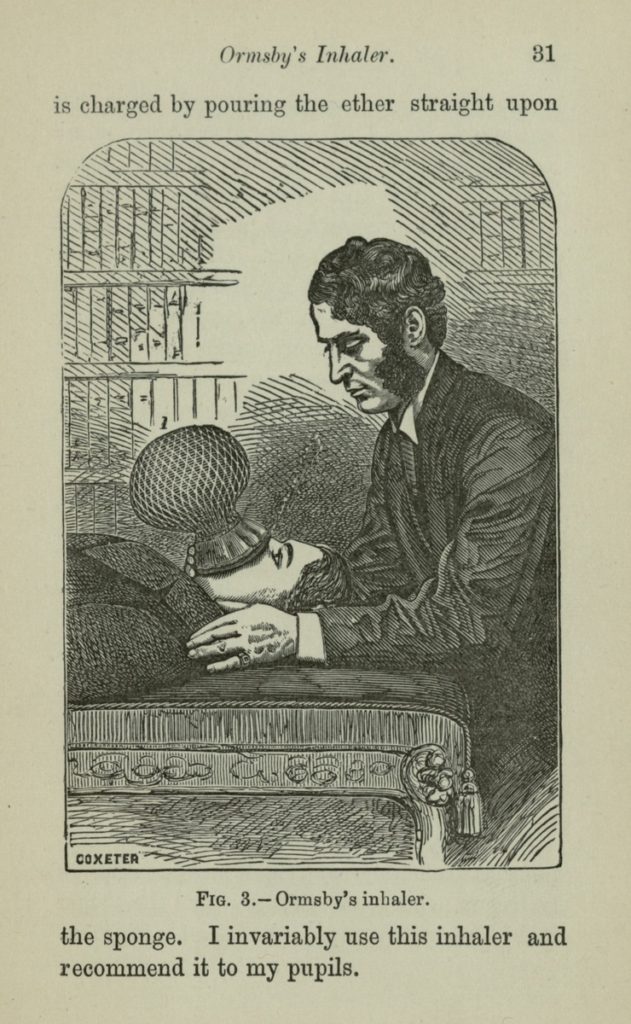– by Patrick Magee, Visitor Services/Gallery Associate
Welcome to #MedievalMedicineMonday! On Mondays, Patrick Magee, Visitor Services/Gallery Associate, will be exploring the depths of medieval botanical medicine as depicted by woodcuts found in our early printed books.
Although commonly held beliefs over medicine change quite a bit over time, one thing that’s certain is the ceaseless documentation of every turn of events within the medical world, from plague to poison. Medicinal science involves a lot of trial and error, and sometimes what seems like an inscrutable idea at first can become the backbone of treatment. In this series of posts on medically significant plants, we wanted to beg several questions – which plants do we still use? Which ended up being effectively snake oil? What was for health, and what was for fun? All of these questions and more will be addressed over time, starting in this case with a fungus.
Read more


